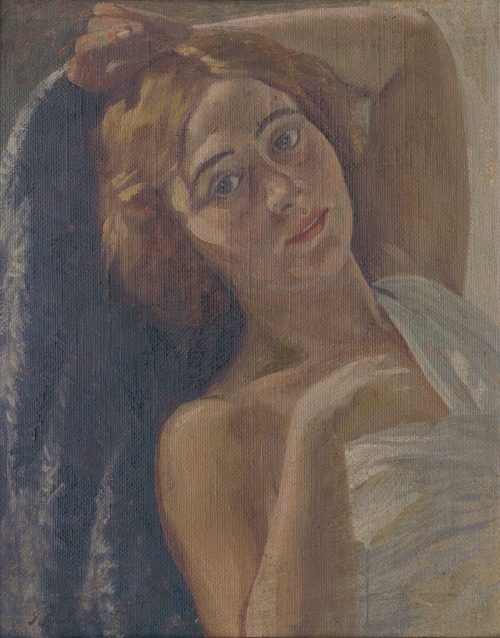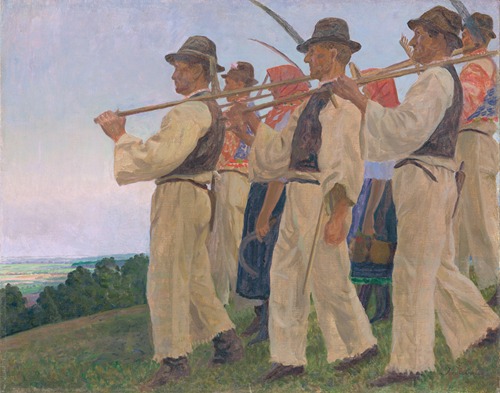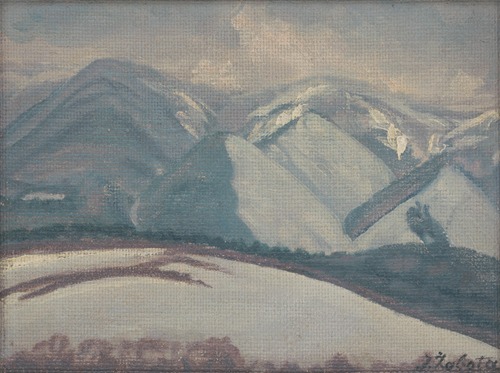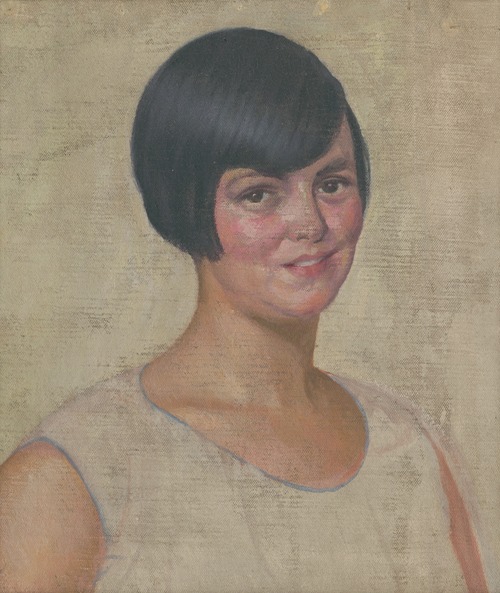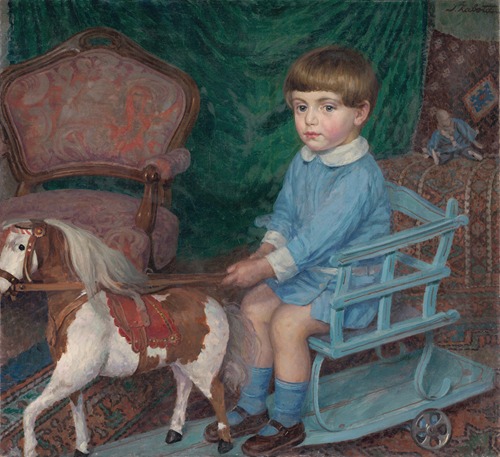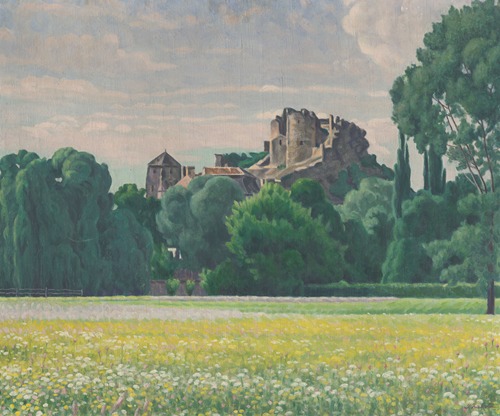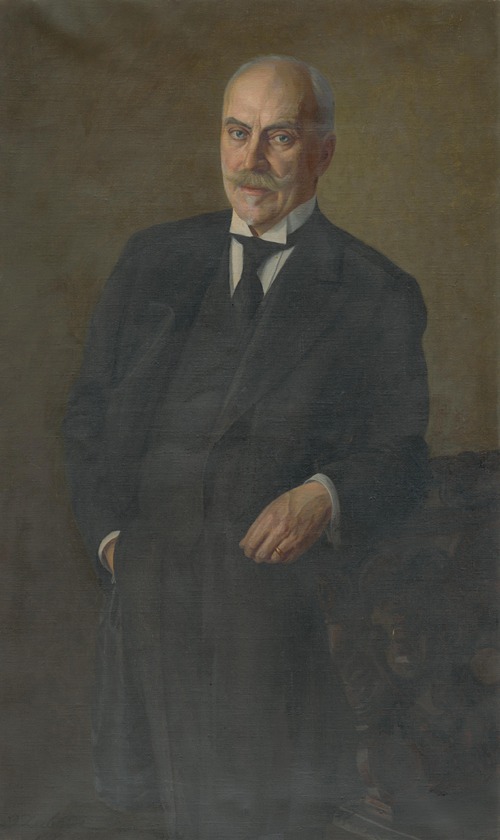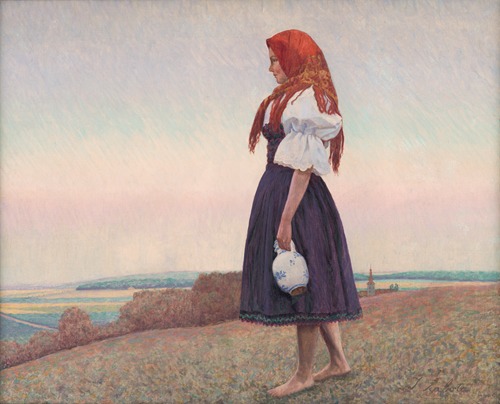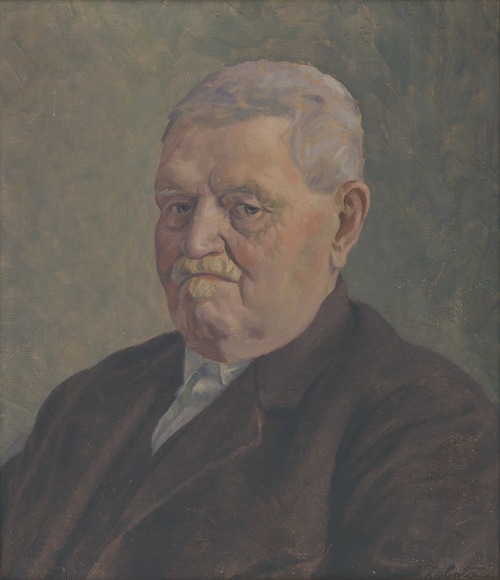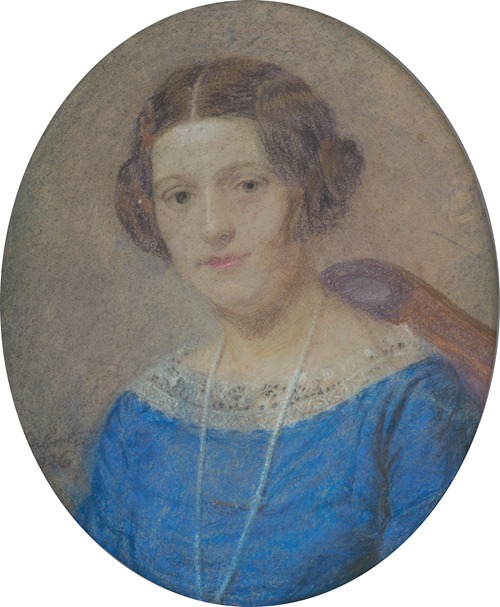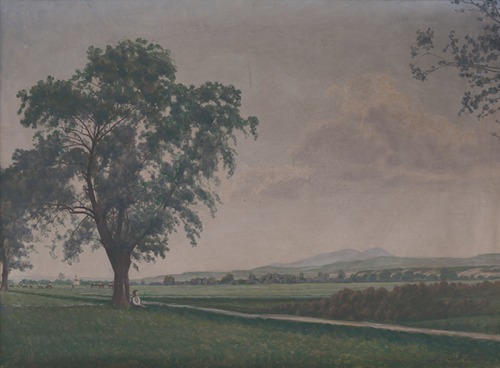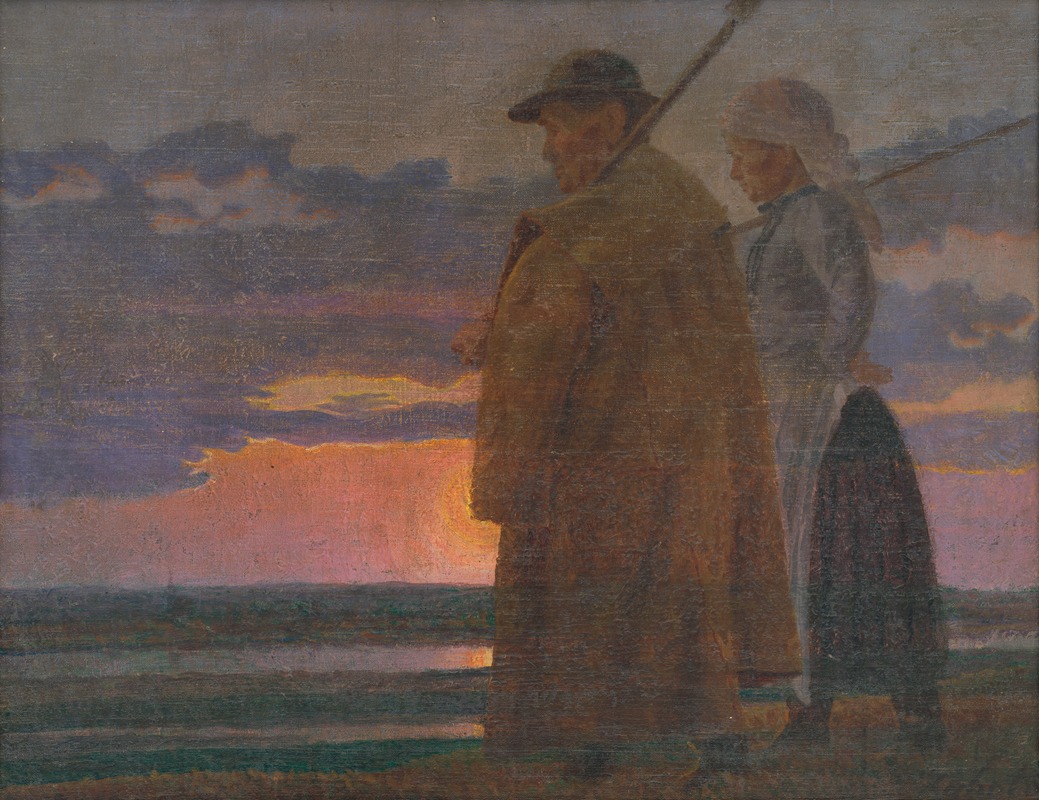

Ivan Žabota was a painter of Slovene origin, working mainly in Slovakia.
He studied at the School in Gradec and at the Academy of Fine Arts in Prague. Later he moved to Vienna, where he studied with the financial support of his family. From 1915 he stayed in Budapest, where he painted portraits of Slovak families there. He was one of the first artists who came to Bratislava after the establishment of the Czechoslovak Socialist Republic. Here he took an active part in discussions about the direction of Slovak art. In 1919 he was one of the co-founders of the Society of Slovak Artists. In Bratislava, he became an essential part of the then bohemian society. Upon his arrival, he set up a studio in the building of the Slovak Bank at the corner of Hurbanov Square and Suchý Mýto. He devoted himself to painting portraits but lived in material scarcity. In the 1930s he married his well-to-do wife, Pavla Smolková, which changed his material status considerably. The relationship did not last long, however, and Žabota returned to his bohemian way of life, falling into debt. His death came suddenly and unexpectedly.
Žabota devoted himself mainly to painting portraits. His paintings of dancers and children are well known. He was an advocate of realism and an opponent of modernism. He worked in the style of the late 19th-century saloon-artist portrait. He also painted important figures of political and cultural life.


